jet is now 50 years old, the fifth largest British fuel brand, and part of the global energy giant ConocoPhillips. It’s come a long way since it was set up all those years ago by Willy ‘Bill’ Roberts, described by those who knew him as a hard-working visionary man who is renowned for changing the face, pace and price of British motoring.
Jet’s brand communications manager, Roy Roley, says that at the time Bill set up Jet Petroleum Ltd, prices in the UK were pretty much controlled by the major brands, and when he began offering discounted petrol to independent dealers, they made life difficult for him.
“Bill was not a man to back down in the face of a challenge,” says Roley. “He persevered with what was, even then, a successful and popular formula and grew the brand. Jet service stations selling petrol at 6d (2.5p) below the majors began to spring up everywhere and Jet soon became the price-leading brand, especially after it introduced a major innovation – the now ubiquitous price sign, and changed the face of petrol retailing forever.”
Jet’s low-cost fuel prices soon created headaches for the established oil companies and these were reflected in headlines in the press such as ‘Jet Steps up the Petrol Wars” in the Daily Mirror in 1963.
“Throughout its history the Jet brand has always stood up to the big brands, not only on price, but in its treatment of customers,” says Roley.
Patrick Hudson, dealer business manager at ConocoPhillips, believes the core values that made Jet so popular all those years ago – both with customers and dealers – still hold true today: “If I look back at what’s happened over the past 50 years it’s largely about consistency. Jet was then very much a value brand, and I think it still is today – although perhaps less so compared with the supermarkets. But it still very much offers value. If you look back at the way Willy Roberts started the company and the way Jet grew the brand, it was all about dealers and relationships and was all very much dependent on the dealer as the customer and us being responsive and accessible. That consistency is quite a remarkable thing over 50 years. I don’t think any other fuel brand can claim that.”
Hudson says achieving that consistency has been very much a culture within the company: “We have had an autonomous approach and realise it is one of our competitive advantages. It’s very hard to just build it up over a short period of time. It’s largely about the characters, and in a small organisation I don’t think you can hype things up too much. If you perform badly, or you procrastinate, there’s nowhere to hide.”
Other consistencies are the accessibility of management: “We all get out a lot,” stresses Hudson.”So we know most of our customers by first names. We’ve also always had pretty heavily experienced people in the field and you get a straight answer – it may be bad but at least it’ll be straight.”
While it’s more difficult to be the clear price discounter in the face of supermarkets, the company did last year win the CTP awards for the most acceptable fuel pricing.
“The Jet brand today still does mean value and presence. We’re not national but we’re in most of the regions. We’re reasonably well located in neigh-bourhoods where you tend to have loyal people coming back. In terms of dealers, we’ve always been focused on them. We did have about 200 company-owned sites – we sold them off in 2001 – but that’s always been secondary in size and impact to our dealers, who are very loyal to us. We’ve been fair with them throughout, and if we weren’t, we’d lose them. A dealer is very much an individual to us.”
Jet currently has 414 dealers, plus 167 Fuelforce sites. For the past two years its fuel volumes have grown 15 per cent, year-on-year.
And the strategy for the next 50 years? “Essentially more of the same,” says Hudson.






















![Journey_Jackpot_CarPrize_Landcsape_420x297mm_v4_(1)[1]](https://d1haa5elnw3u00.cloudfront.net/Pictures/380x253/5/1/0/374510_journey_jackpot_carprize_landcsape_420x297mm_v4_11_133872.png)
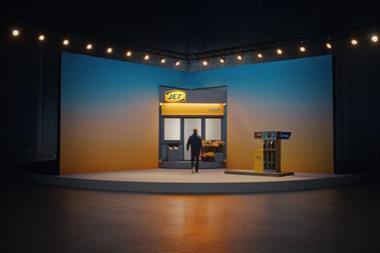


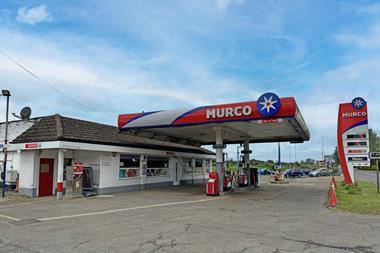
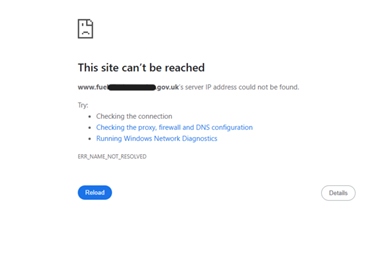
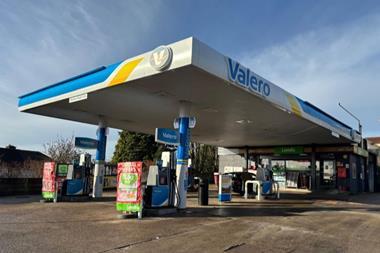
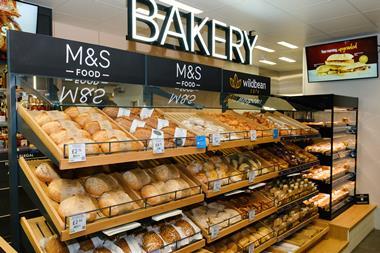

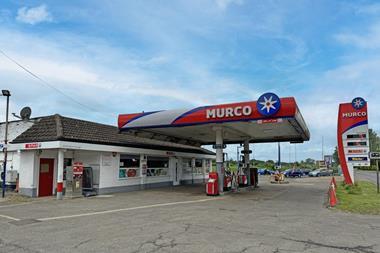
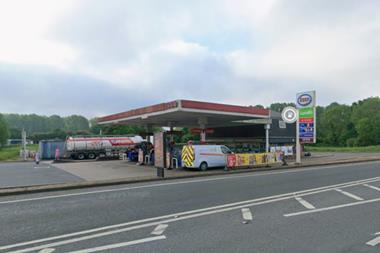
No comments yet